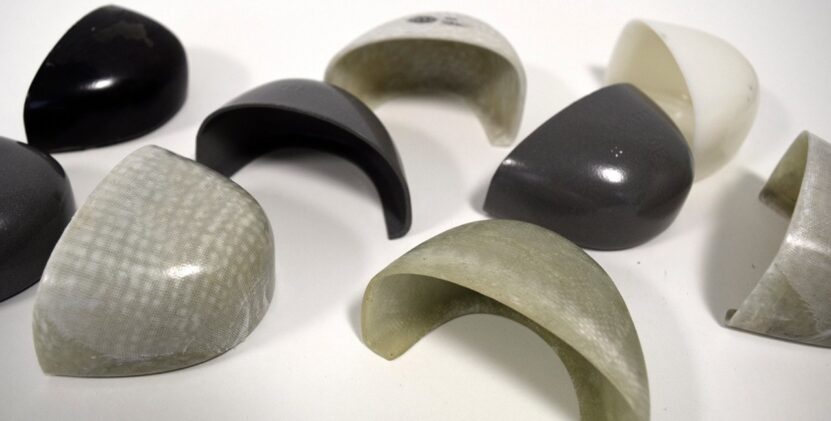In the world of safety footwear, the discussion often centers around the best material for toe caps. Two of the most talked-about options are composite and carbon toe.
Both serve the vital function of protecting your feet from heavy objects, but they come with their own set of features, benefits, and limitations.
In this post, I will break down the differences between composite and carbon toe caps.
It doesn’t matter if you’re a seasoned professional or just curious about safety footwear; there’s plenty of essential info to find here.
Key Takeaways
- Carbon toe caps are lighter and slightly more protective but costlier than composite toe caps.
- Composite toe caps offer a cost-effective balance between protection and affordability, making them popular in many industries.
- Both options provide excellent safety features, including electrical hazard protection and temperature regulation, without the downsides of steel toe caps.
- Choosing between carbon and composite toe caps depends on individual needs, workplace requirements, and personal preferences for comfort and budget.
Materials Used in the Manufacturing Process
Carbon Toe Caps
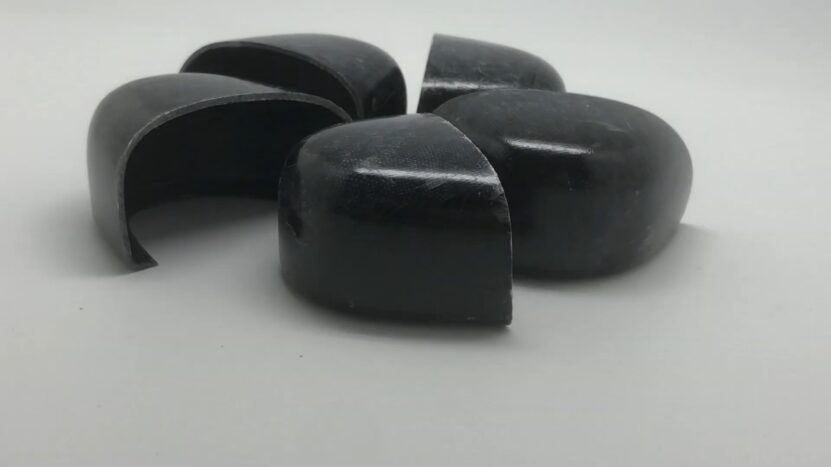
Carbon toe caps are crafted using carbon fiber, a material known for its stiffness and strength despite being lightweight. This is not used for your everyday logger boots.
Carbon fiber is a standout because of its tight, woven structure, making it exceptionally tough and compact.
These toe caps leverage modern technology to offer superior protection without adding unnecessary weight to your footwear.
Composite Toe Caps
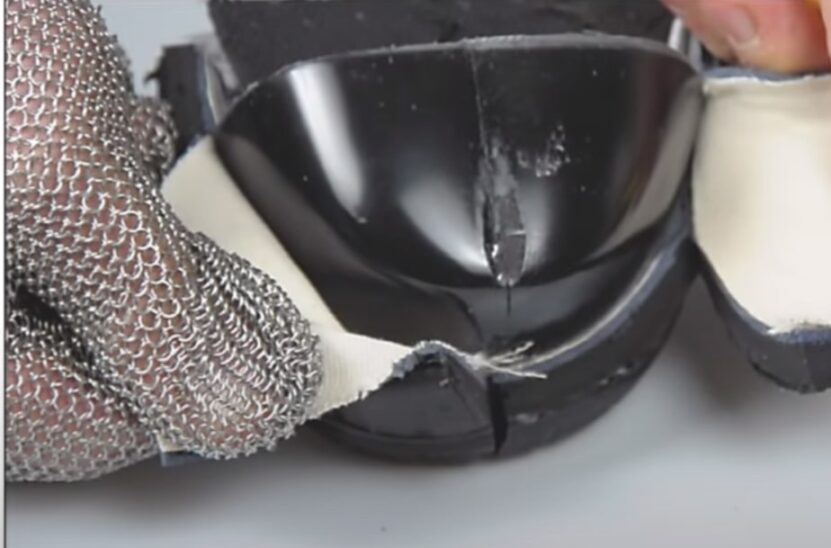
On the other hand, composite toe caps incorporate a mix of materials, including fiberglass, kevlar, and sometimes a bit of carbon fiber.
This combination results in a strong but slightly heavier protection compared to carbon toe caps.
Composite materials are celebrated for their versatility and ability to offer safety without conducting electricity, making them a staple in many work boots designed for environments with electrical hazards.
How Do They Compare?
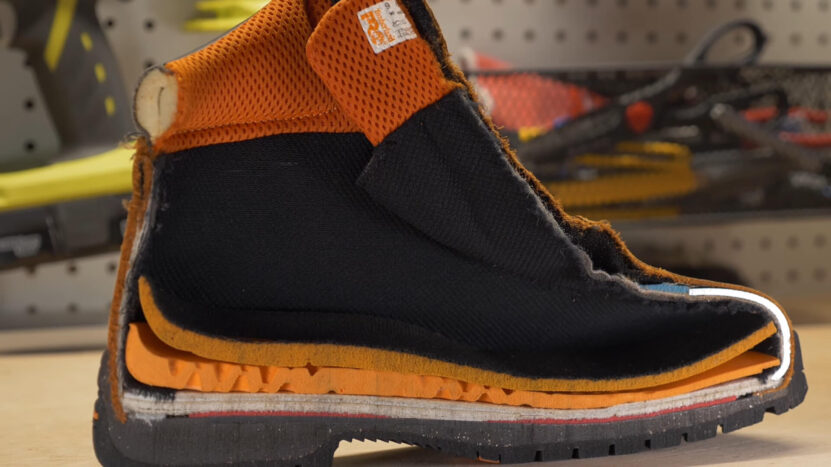
Protection and Comfort
- Electrical Hazard Protection: Both options shine in environments where electrical hazards are a concern. Their nonmetallic nature means neither carbon nor composite toe caps conduct electricity, keeping you safe from electrical shocks.
- Temperature Regulation: Neither material transfers heat or cold, which means your feet remain comfortable in extreme temperatures, whether you’re braving the cold or enduring the heat.
Weight and Durability
- Carbon toe caps take the lead in toughness and weight thanks to the cutting-edge technology behind carbon fiber. They offer a lighter solution without compromising on protection.
- Despite being slightly heavier, composite toe caps still provide ample protection and are preferred by many due to their balance of performance and cost.
Cost and Popularity
- Affordability: Composite toe caps win in the affordability category, making them a more popular choice among workers looking for protective footwear without breaking the bank.
- Performance: However, for those prioritizing the highest level of impact and compression resistance, carbon fiber safety toe caps might be worth the investment. They offer a bit more protection, albeit at a higher price point.
Why Not Steel Toe?
While steel toe caps are often hailed for their toughness and lower cost, they come with downsides, such as heavier weight, bulkiness, and the potential to conduct electricity.
This makes steel toe caps less ideal for certain work environments, especially those requiring electrical hazard protection or where weight and comfort are significant considerations.
The Decision-Making Process
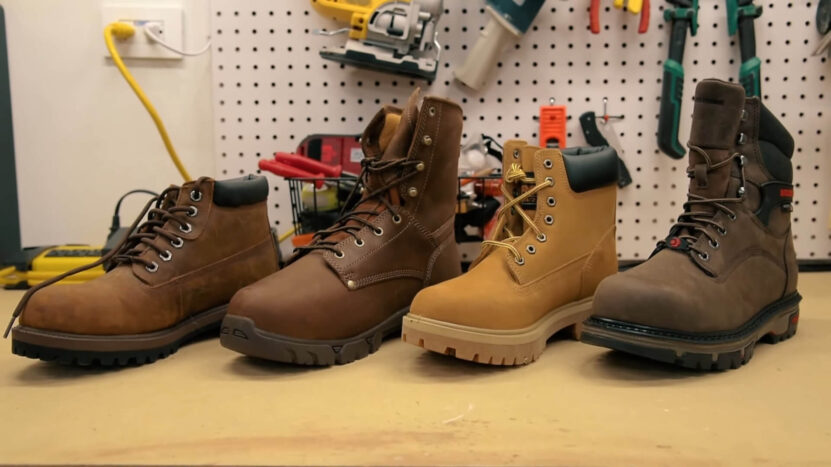
Choosing between composite and carbon toe caps involves weighing several factors beyond just safety.
Personal preferences, job requirements, and even the climate you work in play significant roles in this decision.
Let’s explore how to make this choice easier and more informed.
Consider Your Work Environment
Your work environment dictates the level of protection you need. For those in industries with a high risk of foot injuries from falling objects or compression, the slight edge in protection that carbon toe offers might be crucial.
However, if your job involves a lot of movement or standing for long periods, the lighter weight of carbon toe caps can reduce fatigue.
Assess Your Budget
Budget constraints cannot be ignored. If cost is a significant factor for you, composite toe caps present a more affordable option while still offering reliable protection.
Their popularity stems from this balance between cost and performance, making them a go-to choice for many.
Evaluate Comfort and Climate Compatibility

Given that both carbon and composite toe caps do not transfer heat or cold, they are suitable for extreme weather conditions.
However, the lighter weight of carbon toe caps might offer a slight advantage in terms of comfort, especially for those who are on their feet all day or move around a lot.
Longevity and Durability
Durability is another critical factor. Both types of toe caps are designed to last and provide consistent protection.
However, due to the inherent strength of carbon fiber, carbon toe caps might have a slight edge in durability, especially in environments where the toe cap is exposed to frequent impacts or abrasions.
Making the Right Choice
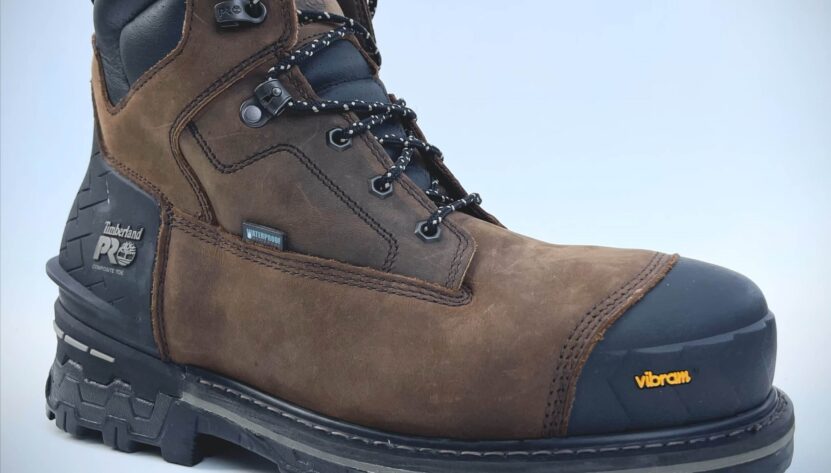
Ultimately, the decision between composite and carbon toe safety footwear comes down to personal preference and specific job requirements.
If you prioritize advanced protection and lightweight for increased mobility and comfort, carbon toe caps are the way to go.
On the other hand, if you’re looking for a cost-effective solution that doesn’t compromise on safety and offers good performance across various conditions, composite toe caps will serve you well.
Tips for Buyers
- Try Before You Buy: If possible, try on both types of safety footwear to assess their fit, comfort, and weight.
- Research: Look for reviews or ask for recommendations from colleagues who have experience with either type of safety footwear.
- Consider Future Needs: Think about whether your job conditions or requirements might change in the future and choose a pair of boots that will continue to meet your needs.
FAQs
Which Is Better for Extreme Temperatures?
Both carbon and composite toe caps excel in extreme temperatures by not transferring heat or cold.
Your choice should depend more on other factors like weight, cost, and the level of protection needed.
Can I Wear These in Environments with Electrical Hazards?
Absolutely. Both carbon and composite toe caps are suitable for environments with electrical hazards due to their nonmetallic nature.
Is There a Significant Weight Difference?
Yes, carbon toe caps are lighter than composite toe caps, making them a preferable choice for those who value lightweight footwear without sacrificing safety.
Can composite or carbon toe boots set off metal detectors?
No, both composite and carbon toe boots are non-metallic and typically do not set off metal detectors, making them ideal for airports or secure facilities.
Are there any specific industries where one is preferred over the other?
Yes, industries requiring frequent passage through metal detectors often prefer composite toe, while industries prioritizing lightweight and high protection might lean towards carbon toe.
Do either composite or carbon toe caps require special care or maintenance?
No special care is needed for either type, but regular cleaning and inspection for damage can extend the life of the boots.
Can I get custom-fitted composite or carbon toe boots?
Some manufacturers offer custom-fitting services for safety boots, ensuring a perfect fit for your feet.
Is there a significant difference in the warranty between composite and carbon toe boots?
Warranty terms depend more on the manufacturer than the type of toe cap. Always check the warranty policy before purchasing.
Are composite and carbon toe boots recyclable or eco-friendly?
Recyclability varies by brand and materials used. Some manufacturers focus on eco-friendly materials and practices, so it’s worth researching if sustainability is a priority for you.
Concluding Thoughts
When choosing between composite and carbon toe safety footwear, consider your specific needs, including the level of protection required, your budget, and the working conditions.
Composite toe caps offer a cost-effective solution with ample protection for various work environments.
In contrast, carbon toe caps, with their advanced technology, provide a lighter, slightly more protective option at a higher price point.
Both choices ensure safety without the drawbacks of traditional steel toe boots, making them excellent options for modern safety footwear.

